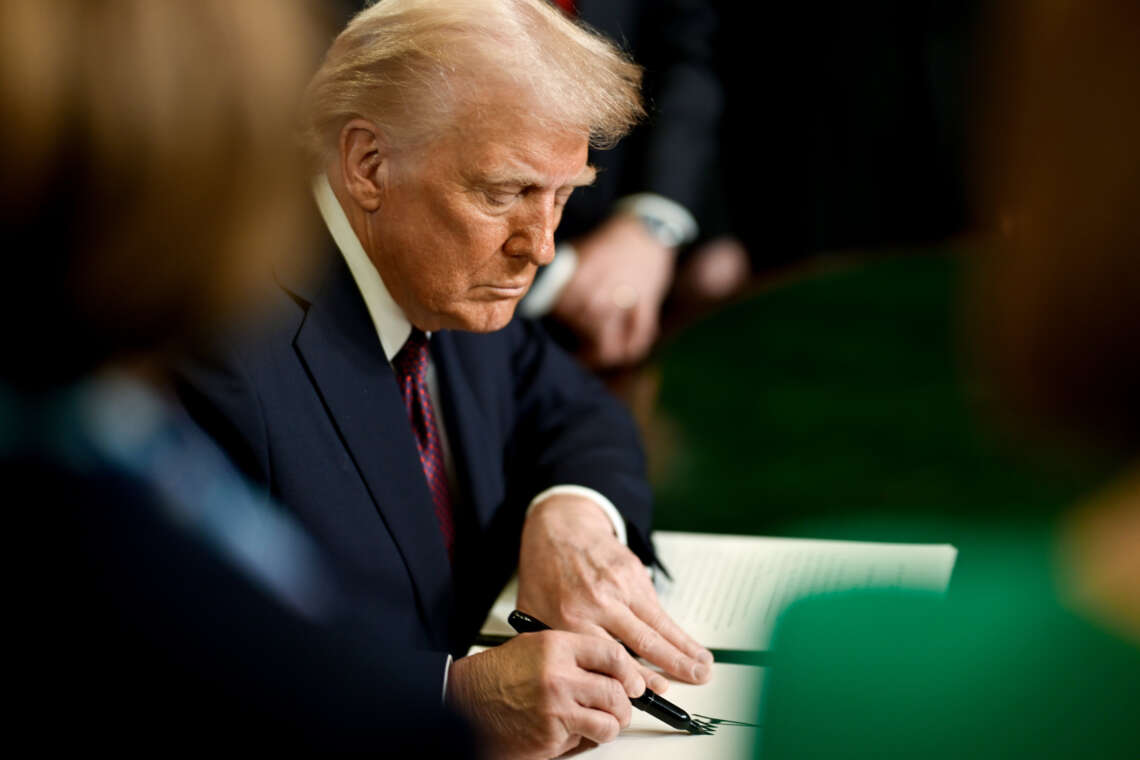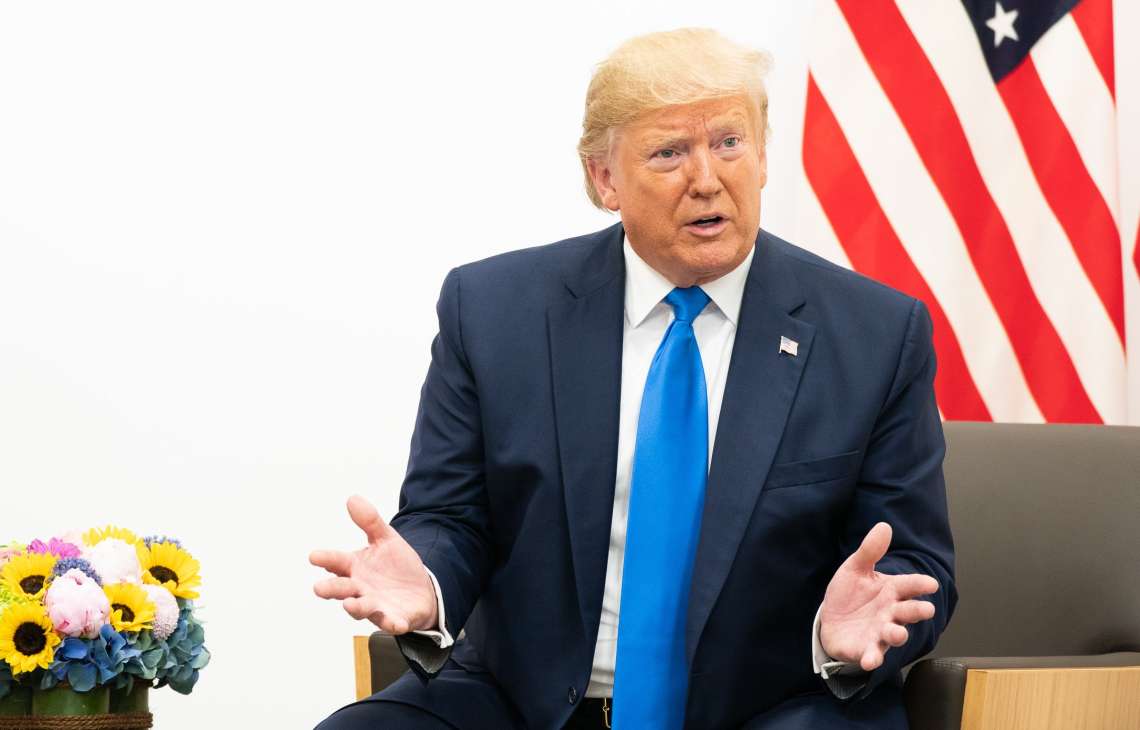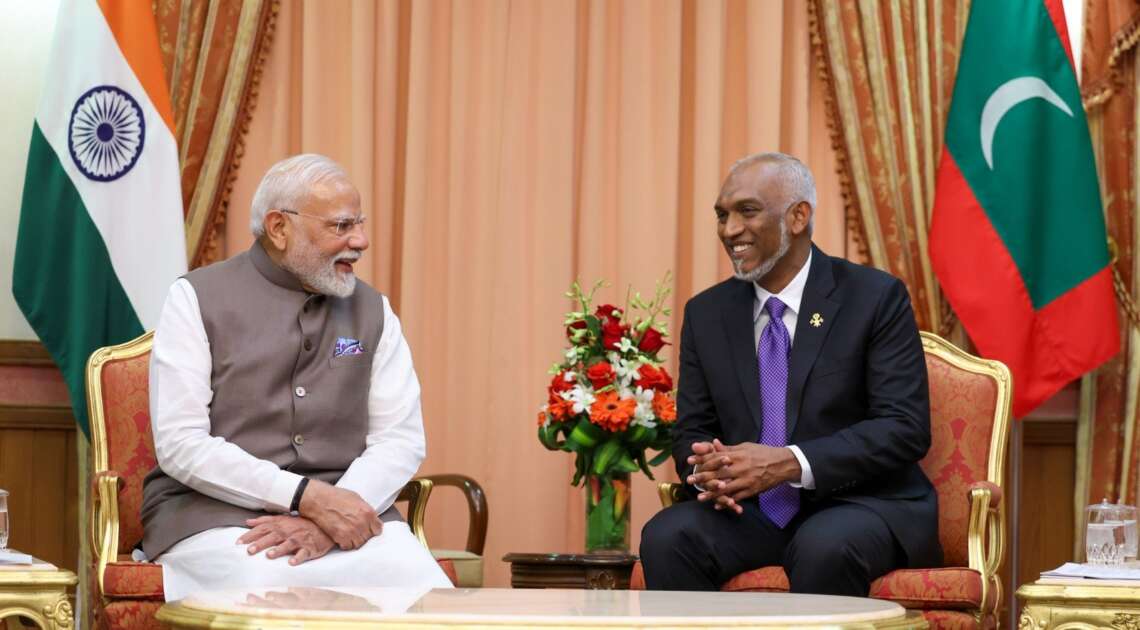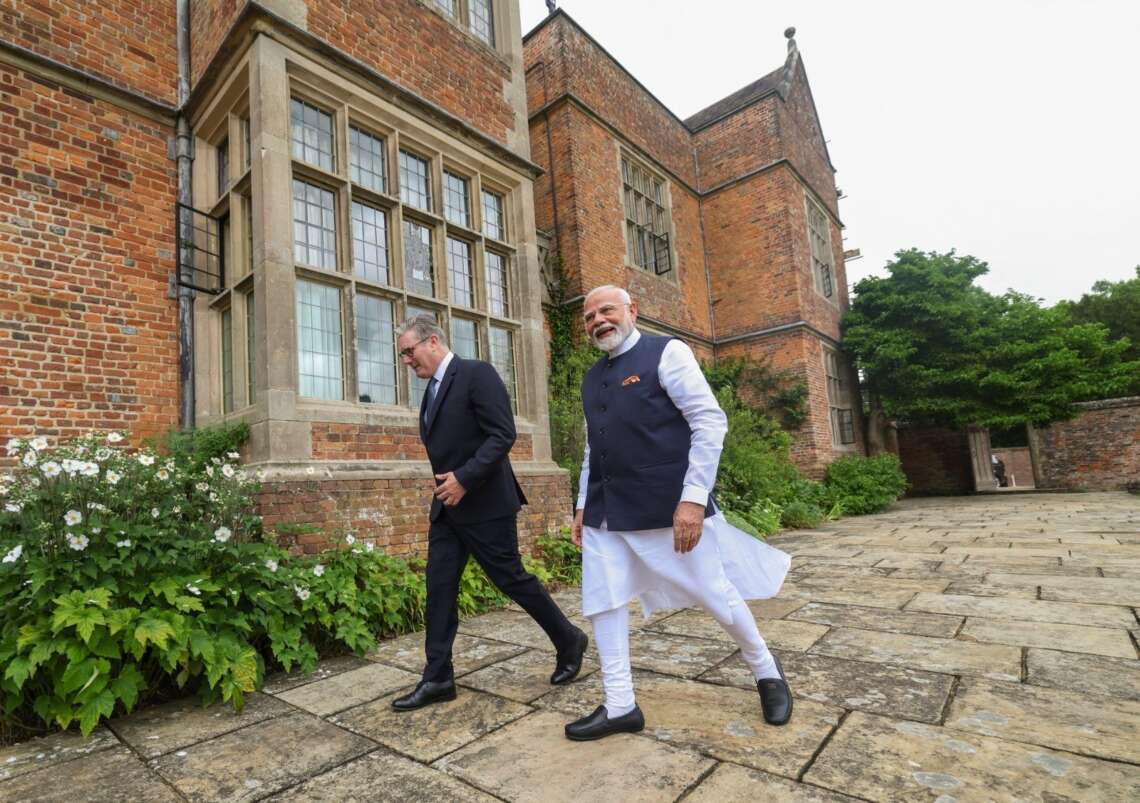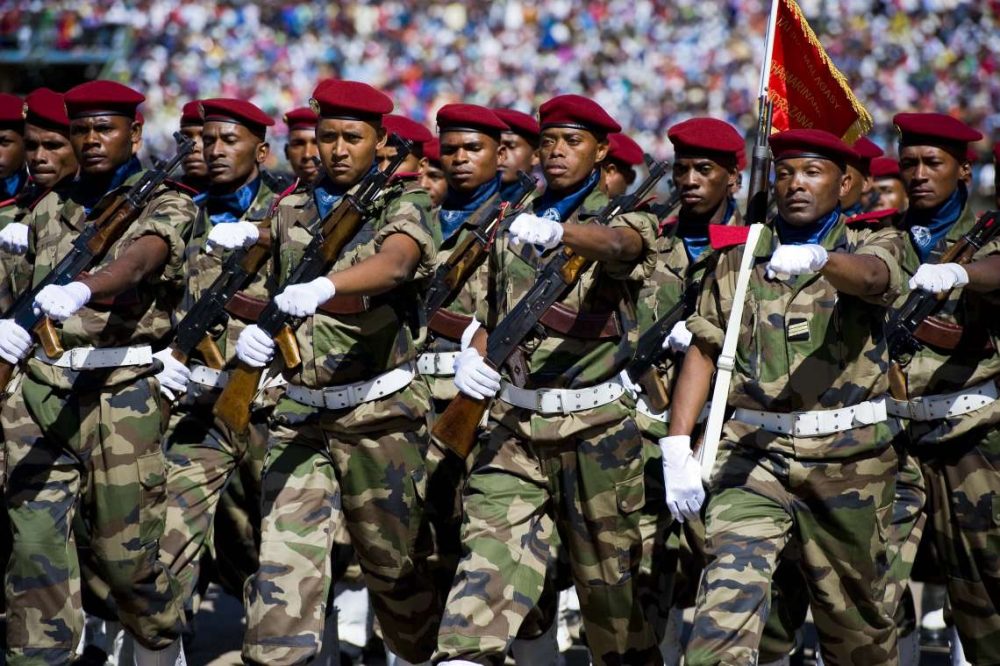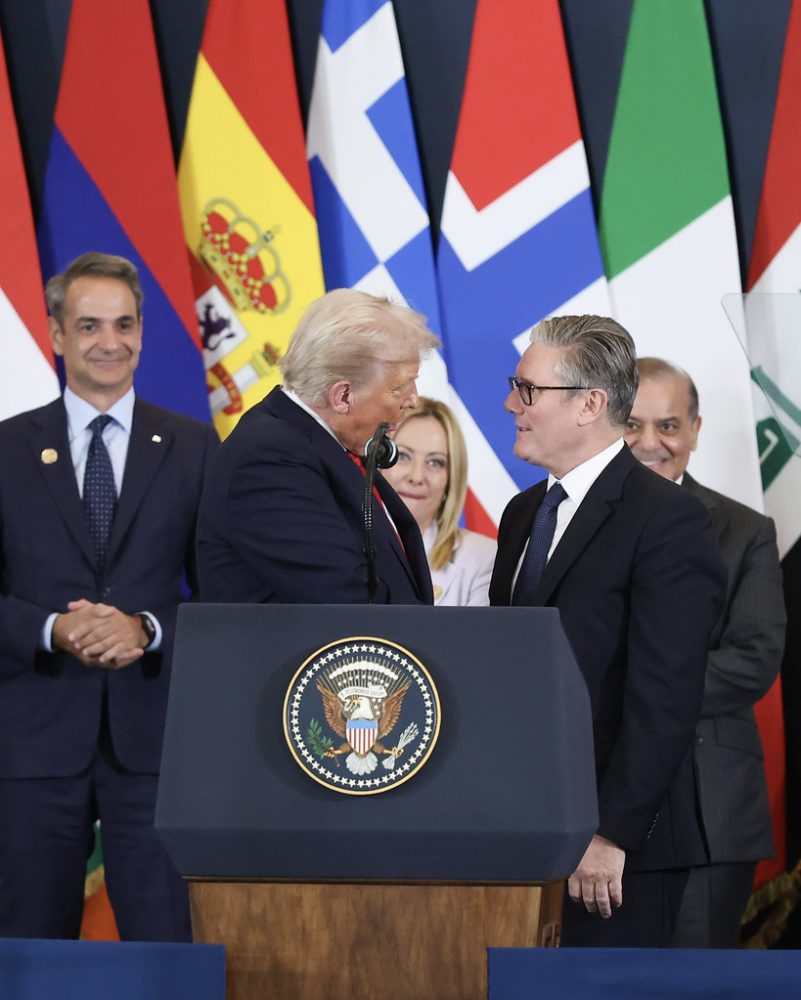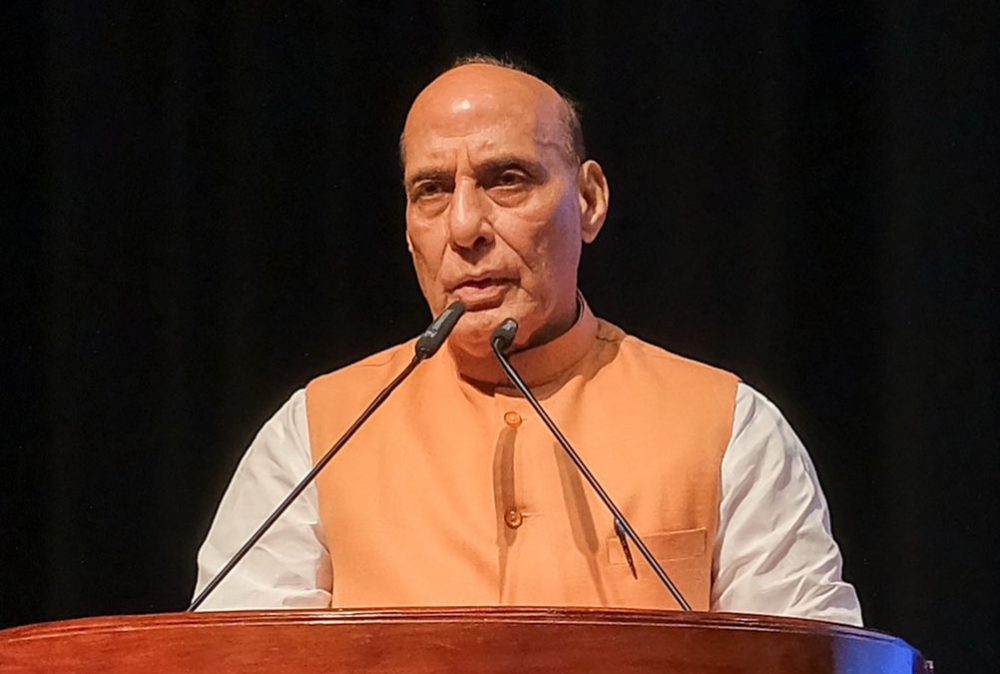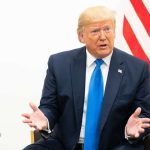South Korea steps up negotiations to dodge 25% ‘reciprocal’ tariff threat
US President Donald Trump has announced that his administration is on track to finalise the bulk of its trade deals with countries around the world by August 1. The looming deadline has triggered a flurry of diplomatic activity, particularly from major US trading partners like South Korea, as they seek to stave off steep new tariffs that could hit key export sectors.
Speaking to reporters before his departure to Scotland on Friday, Trump said nearly all deals would be completed by the start of August, declaring that countries yet to come to terms may soon receive formal notifications from Washington.
“August 1 is going to come, and we will have most of our deals finished, if not all,” Trump said, describing the anticipated wave of letters as short but binding. “They pay that tariff and that is the contract essentially.”
According to the White House, the administration may send letters to nearly 200 countries specifying their adjusted tariff rates. These would indicate the completion of negotiations and the activation of the so-called “reciprocal” tariffs — a 25 percent levy aimed at countries that maintain higher duties on US goods.
South Korea races to strike a deal
Among the nations most exposed to the potential tariffs is South Korea, whose economy is heavily reliant on exports — especially in automobiles and steel, two sectors directly in the firing line.
Yonhap news agency reported that Seoul has intensified its outreach to US officials to avoid or reduce the tariffs. South Korea’s Industry Minister Kim Jung-kwan and Trade Minister Yeo Han-koo met US Commerce Secretary Howard Lutnick in Washington on Thursday, as part of Seoul’s bid to protect its trade interests. Discussions included potential bilateral cooperation in strategic industries such as semiconductors, batteries, and shipbuilding.
Further high-level talks were planned between South Korea’s Finance Minister Koo Yun-cheol and US Treasury Secretary Scott Bessent, as well as Trade Representative Jamieson Greer. However, a scheduled “two-plus-two” meeting in Washington was postponed due to a diary clash on Bessent’s part.
Despite the setback, optimism remains. A senior White House official told Yonhap that the talks with South Korea remain “productive,” and that the US aims to lower unfair trade barriers and improve market access for American businesses.
The ‘reciprocal tariff’ strategy
Trump’s latest trade strategy stems from his long-standing criticism of what he views as lopsided tariff regimes that disadvantage the US. By threatening to impose “reciprocal” duties — meaning that if a country imposes 25% tariffs on US cars, the US will do the same — he hopes to pressure trading partners into more favourable terms.
Though many trade experts have expressed concern over the potential for tit-for-tat escalation, Trump remains unapologetic.
“These countries have been taking advantage of us for decades,” he said earlier this month. “We’re just levelling the playing field.”
Trade diplomacy on high alert
The August 1 deadline has become a de facto pressure point for countries engaged in last-minute negotiations with Washington. While the scope of the final list of affected countries remains unclear, several governments are understood to be in behind-the-scenes talks to avoid falling under the new tariff regime.
Trump’s mention of potentially sending letters to “close to 200 countries” — nearly every recognised nation on the planet — has added to the drama. While some view the figure as rhetorical hyperbole, it signals the administration’s ambition to reset global trade norms under the banner of “fairness and reciprocity.”
The White House has yet to release details on which countries have already concluded negotiations or what the specific new tariffs will entail for those who haven’t.
Global market reaction
Investors and businesses are closely watching the developments, especially in sectors like steel, automotive, and electronics, where global supply chains are deeply interwoven.
South Korean carmakers Hyundai and Kia, along with steel giants POSCO and Hyundai Steel, are likely to be among the most directly impacted should the tariffs go into effect.
Meanwhile, European and Asian governments are also reviewing their positions, with the European Commission President Ursula von der Leyen set to meet President Trump in the UK on Sunday to discuss transatlantic trade concerns.
A broader trade agenda
The sweeping nature of the trade effort reflects Trump’s broader ambition to rewrite America’s economic relationships — a key plank of his second-term agenda. Having already revisited deals like NAFTA (now USMCA), and imposed wide-ranging tariffs on China during his first term, Trump now appears focused on consolidating a global rebalancing of trade terms.
If successful, the effort could alter the fabric of global commerce for years to come — but not without potential diplomatic friction, especially among long-time allies who may feel blindsided by the speed and unilateral nature of the American demands.
Trump is scheduled to return to the US on Tuesday after his visit to Scotland and is expected to return to the UK for an official state visit in September.


